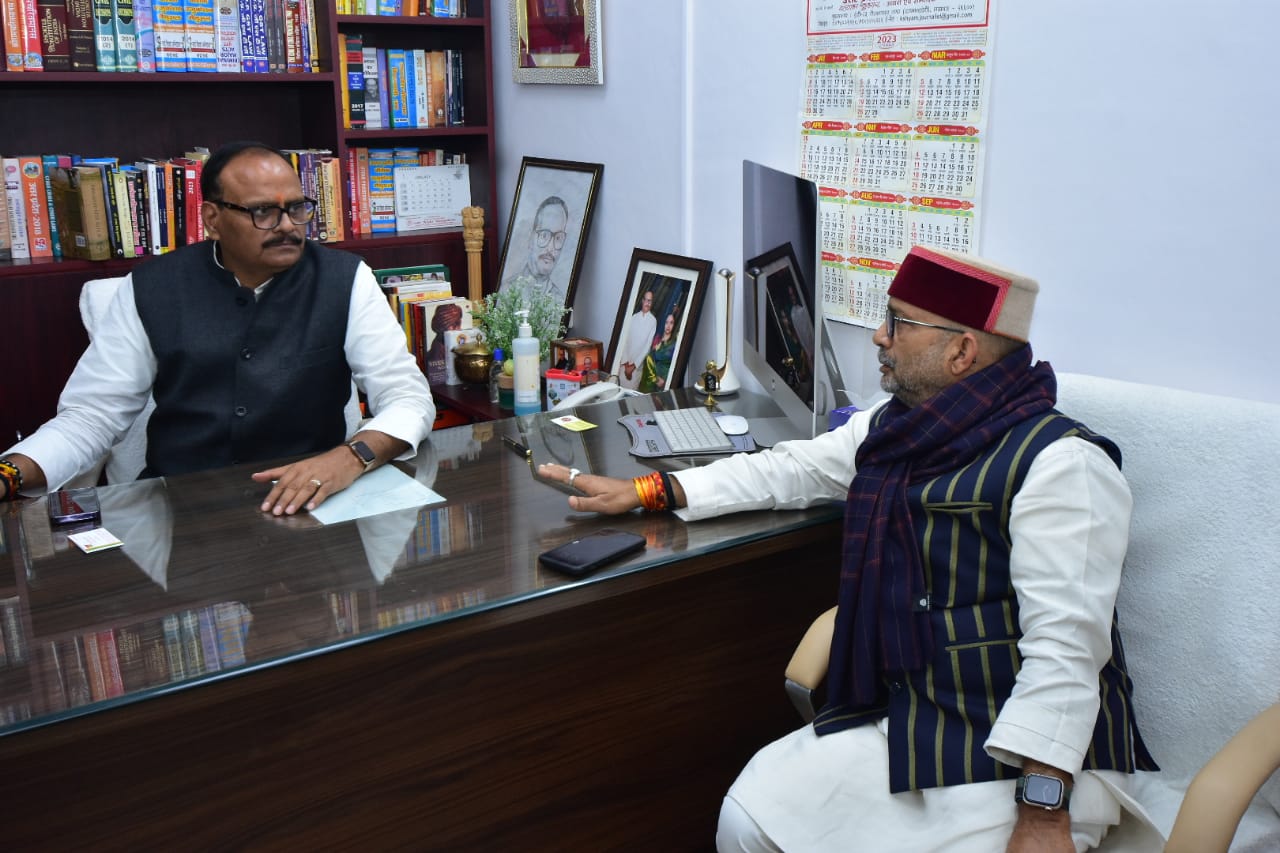Uttar Pradesh Deputy Chief Minister Brajesh Pathak, seen as the “Brahmin face” of the second Yogi Adityanath government, is recognised across the state for his dauntless nature.
Born in Hardoi district in 1964, Pathak joined politics as a student leader in 1989 and became the president of Lucknow University the following year.
Pathak is a professional lawyer who cut his teeth in student politics at Lucknow University in 1990. The 59-year-old first came to the limelight as a Bahujan Samaj Party (BSP) leader when he won the Lok Sabha election from Unnao in 2004. After four years, he was sent to the Rajya Sabha and became the party’s deputy leader in the Upper House.
Though Pathak remained with the party despite its loss in the 2012 Assembly elections, he jumped ship to the BJP ahead of the state polls a year before the next Assembly polls.
Having established links with the RSS-BJP Brahmin network in the state, Pathak’s rise in the ruling party was meteoric. He was rewarded with a Cabinet berth in the first term of the Adityanath government, serving as the Minister of Law. After the BJP retained power in the elections earlier this year, it pulled off a surprise by replacing its old hand and former Lucknow Mayor Dinesh Sharma with Pathak as a Deputy CM.
Pathak’s run-ins with the state health department began during the COVID-19 pandemic when he was among the few BJP leaders to question the government’s handling of the crisis. He targeted the health department for not being prepared for the health crises that erupted in the state during the second wave. While the other BJP leaders who questioned the Adityanath government were either MPs or MLAs, Pathak stood out as he was a state Cabinet minister.
Party insiders said the Deputy CM was given the health portfolio to give him a chance to improve the functioning of a department he had questioned. The minister was seen making surprise visits to hospitals and health centres in the state Capital and districts and the videos of these visits proved to be popular.
Pathak has often walked into the health facilities without his security entourage and has been seen talking to patients’ families about their difficulties and asking hospital administrations to provide financial records about the availability and purchase of medicines.




